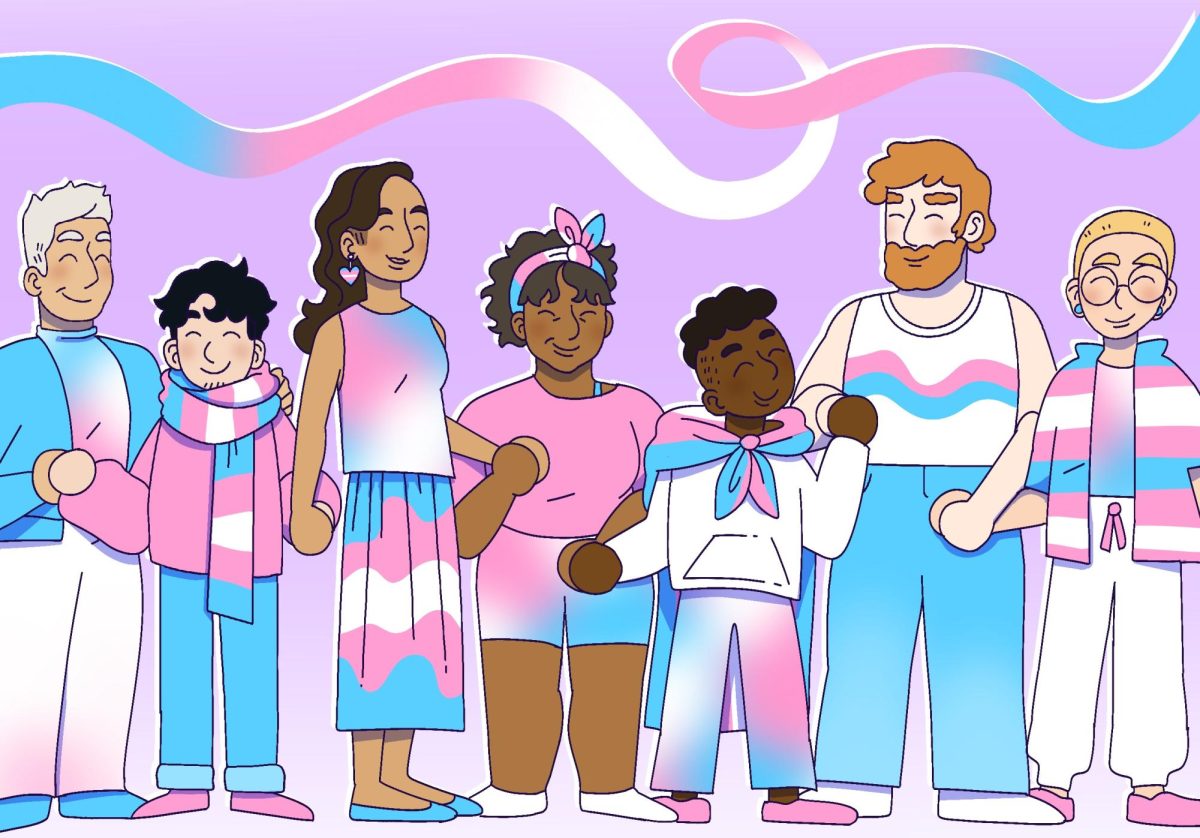A most radical and unsettling political movement is taking hold in the United States.
Gay and lesbian people in loving, long-term relationships are seeking the right to marry each other. Not just be together in some piece of paper called a civil union but actually co-exist in a state-sanctioned and recognized pact guaranteeing them legal rights in accordance with the Constitution. The end is nigh, especially when the act of marriage, let me say it again, brothers and sisters, marriage, becomes the most politically radical talk of the town.
Stop the presses; the revolution is here and it’s getting cultural conservatives all frothy around the edges. And yet, nothing says good times better than a group of College Republicans discussing the immorality of gay sex in great and stupefying detail.
Maybe I’m being unfair, since the control of American sexual politics is not looking good for social conservatives. When the U.S. Supreme Court decided homosexual sodomy was legal in Lawrence v. Texas (or as I like to call it, the hot gay sex case of 2003), the topic of gay and lesbian marriage was just around the corner, waiting for the Massachusetts Supreme Court’s decision. And by golly, if those East Coast activist judges way out of step with the public didn’t go and say marriage should be legal for gay and lesbian people.
The social conservative talk has now turned to a constitutional amendment banning homosexual marriage. It’s not a bad idea in their circles, but since burning the U.S. flag cannot even muster a change to the Constitution, I don’t think things will move too fast. Proposing such an amendment certainly looks good for the home team, but those pesky founding fathers made making changes to the Constitution difficult – I imagine to avoid seeing their founding document hijacked by disparate groups in the years to come. Hmm. Clever, weren’t they?
That said, I do have a plan I think many social conservatives might use to neutralize the abusive ways in which civil rights are being given to gay, lesbian, bisexual and transgender people. Clearly, the only thing left is to create a new system of citizenship for GLBT people. It seems to me people should be treated equally, but since we all know the gays are different, the plan should recognize their separateness. Therefore, I think it’s time for a separate but equal plan for gays and lesbians in the United States.
The plan can create GLBT sections in cities, special entranceways to buildings, water fountains and bathrooms. We could even mandate little badges be worn by GLBT people on the street so we all know who they are – something triangular or so in shape. The beauty of the plan is it allows all those property values catapulted sky high by the GLBT community to keep the whole neighborhood going strong while making sure cultural acceptance doesn’t get too out of hand.
After a period of time, the separate but equal plan could be used to send gay and lesbian people to lesser-populated states creating more living room for straight people. Not only would states such as North and South Dakota benefit from such a plan, they would also become far more fabulous. Entire legions of GLBT citizens wearing their easily recognized badges could be sent to re-make a state over, a sort of “Queer Eye for the Redneck State” plan. Maybe add a little color to those white alabaster cheeks on Mount Rushmore. Then, after a period of time, walls could be built around those states, thereby making sure the gay and lesbians couldn’t escape or cross the border into Canada where gay marriage is recognized by the government.
So, to the social conservatives who read my column, I strongly suggest the separate but equal plan as a course of action. Who cares if the Supreme Court said separate but equal laws were illegal in a case everyone has forgotten anyway? More than anything it’s time to stop all these out of control, ultra-libo-commie-leftist judges from tampering with states’ rights to exclude citizens from equal protection under the law. To do otherwise, it would seem, is un-American.
John Troyer is a columnist. He welcomes comments at troy0005@umn.edu







